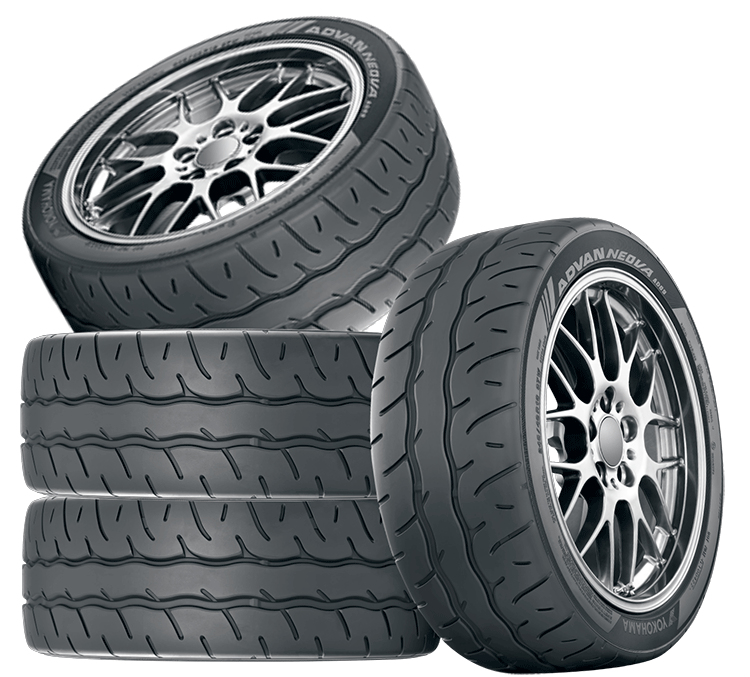Yokohama Canada’s Complete Guide to Tire Speed Ratings
Tire Speed Ratings: A Crucial Factor for Performance and Safety
Tire speed ratings, those often overlooked letters on the sidewall, hold the key to unlocking your vehicle's safe speed potential. More than just a technicality, choosing the right speed rating is crucial for maintaining control, stability, and ultimately, your safety on the road.
Many drivers misunderstand these ratings, assuming higher is always better or that they're irrelevant to their driving habits. However, using tires with an inappropriate speed rating can be a recipe for disaster, compromising your vehicle's handling and significantly increasing the risk of a blowout, especially at high speeds.
Don't gamble with your safety. This article will demystify tire speed ratings, revealing their importance and empowering you to choose tires that deliver both exhilarating performance and peace of mind.
What You Will Learn in this Guide
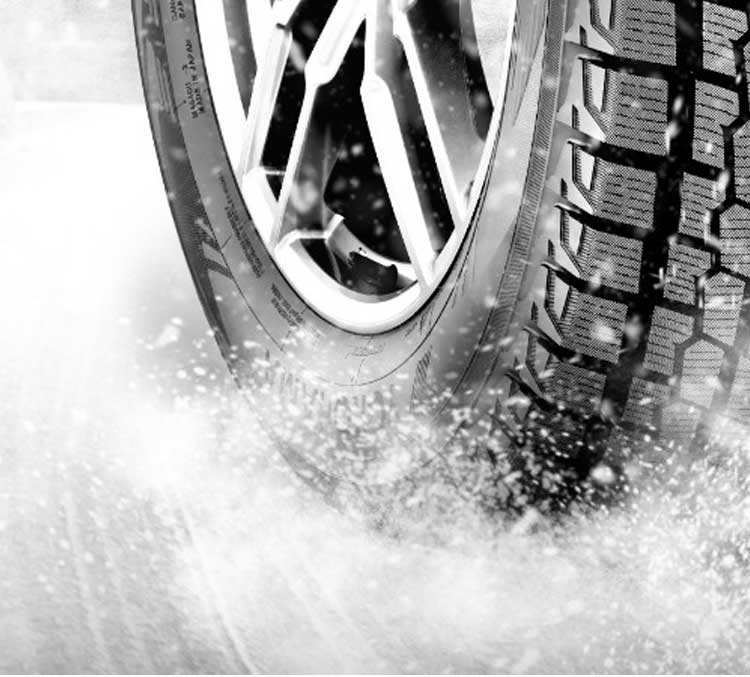 Discover Yokohama's Best Winter Tires |
Tire Speed Ratings: The EssentialsWhat are they?Letter codes on your tire indicating maximum safe speed. Why are they important?Ensure tire safety, performance, and longevity. Where to find them?Owner's manual, door jamb sticker, tire sidewall. How are they determined?Rigorous lab testing simulating real-world driving. Key ratings:
Special cases:ZR and (Y) indicate even higher speeds. Consult manufacturer for details. Choosing the right rating:Consider your vehicle's capabilities and driving habits. Consult owner's manual and tire professional. Real-world factors:Underinflation, wear, and vehicle condition can affect tire performance at high speeds. Safety first:Never exceed your tire's speed rating or legal speed limits. |
What is a Tire Speed Rating?

Section Summary
- Definition: A letter code indicating the maximum safe speed a tire can sustain under specific conditions.
- Purpose: Ensures you don't exceed your tire's safe operating limits, preventing heat buildup, stress, and potential tire failure.
- Determination: Determined through rigorous laboratory tests that simulate real-world driving scenarios.
- Importance: Crucial for choosing tires that match your vehicle's performance capabilities and driving habits.
- Range: Ratings range from A (lowest) to Y (highest), each corresponding to a specific maximum speed.
A tire speed rating is a letter code etched onto the sidewall of your tire, indicating the maximum speed a tire can safely sustain under specific conditions. This isn't a suggestion or a guideline – it's the result of rigorous laboratory testing designed to push the tire to its limits.
In these controlled environments, tires are subjected to intense speeds and loads on specialized machines that simulate real-world driving scenarios. The speed at which the tire can consistently perform without failure determines its rating. These ratings range from A (the lowest) to Y (the highest), with each letter corresponding to a specific maximum speed.
Understanding your tire's speed rating is crucial, as it ensures you're not exceeding its safe operational limits. Driving beyond the rated speed can lead to excessive heat buildup, structural stress, and ultimately, tire failure – a dangerous scenario at any speed, but especially at high velocities.
Where to Find Tire Speed Ratings
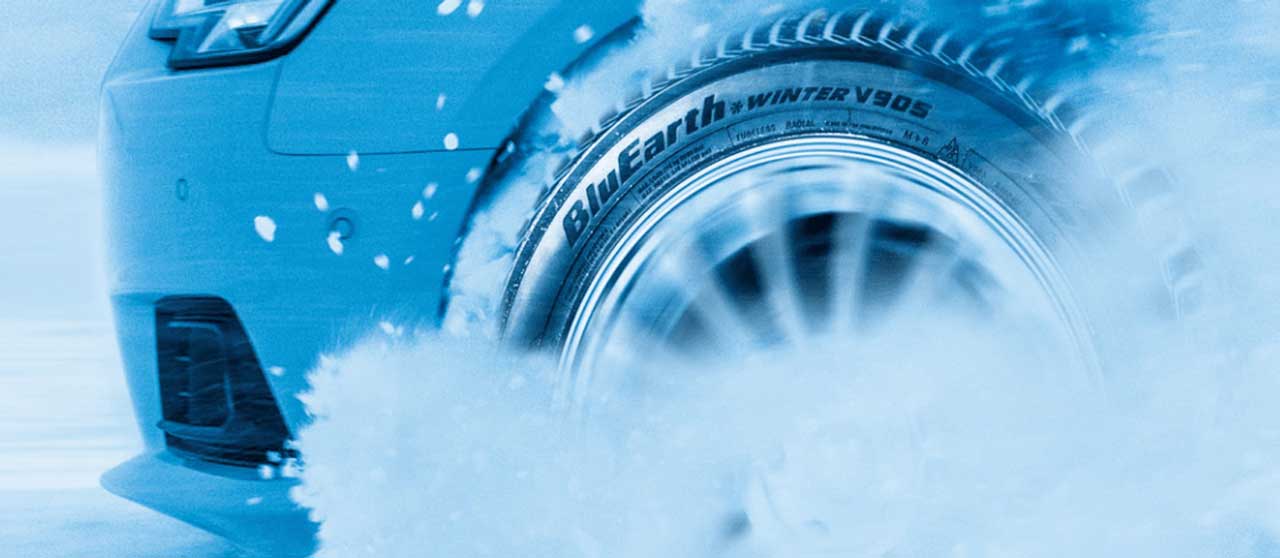
Unearthing your tire's speed rating is easier than you might think. Here are three key places to look:
- Your Vehicle Owner's Manual: This comprehensive guide not only provides essential vehicle information but also outlines the manufacturer's recommended tire specifications, including the speed rating.
- Driver's Side Door Jamb: A quick glance at the sticker on your driver's side door jamb often reveals valuable tire information, including size and speed rating.
- Tire Sidewall: The most direct source is the tire itself. Examine the sidewall for a code similar to this example: 225/50R17 98V. The final letter, "V" in this case, is your speed rating, indicating a maximum safe speed of 240 km/h.
Remember, maintaining consistent speed ratings across all four tires is crucial for optimal vehicle performance and safety. Mismatched ratings can lead to uneven handling and compromised safety, especially at higher speeds.
Tire Speed Rating Chart
The tire speed rating chart below outlines the letter codes assigned to specific maximum speeds, providing a quick reference to understand the capabilities of your tires.
|
Key Points:
Warning:It's important to note that a tire's speed rating reflects its own capabilities, not those of the vehicle it's fitted to. Installing high-speed rated tires on your car doesn't automatically mean you can or should drive at those speeds. Safe driving practices and legal speed limits always take precedence. |
Understanding the Tire Speed Rating Chart
Think of tire speed ratings as your tire's personal speedometer limit. Each tire carries a letter, ranging from A to Y, that unlocks its safe speed potential. This alphabetic system, established by tire manufacturers and regulatory bodies, ensures you understand the maximum speed a tire can handle under ideal conditions.
|
Here's how the code works:
|
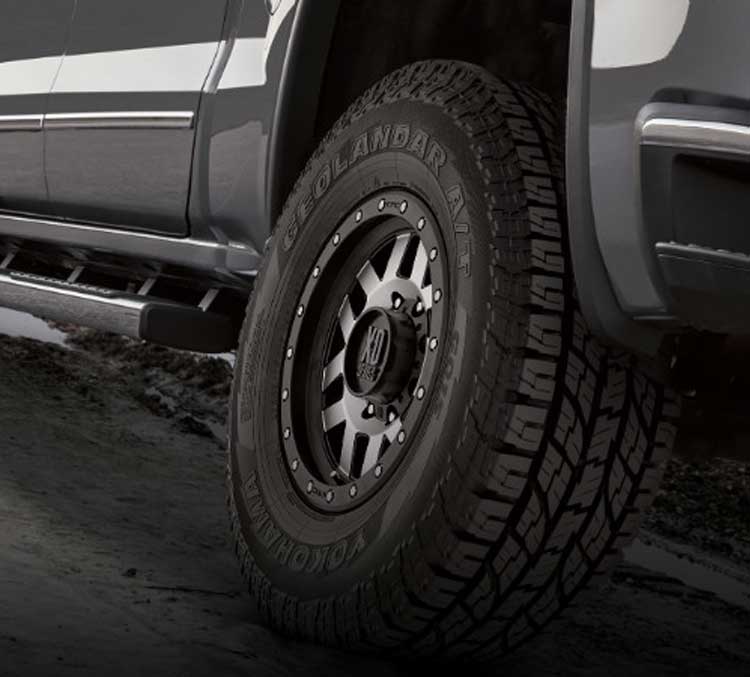 Discover our Best All-Weather Tires |
While the system is generally straightforward, there are a few quirks. The "H" rating, for example, is an outlier, falling between T and V despite its higher speed capability. This anomaly is a result of its historical association with high-performance tires.
Understanding the speed rating system empowers you to make informed decisions about your tires. By matching the rating to your vehicle's capabilities and your driving habits, you ensure optimal performance, safety, and tire longevity.
Choosing the Right Tire Speed Rating

Selecting the right tire speed rating for your vehicle isn't just about matching a letter to a number. It's a crucial decision that impacts your vehicle's performance, handling, and safety, especially at higher speeds. Here's what you need to consider when choosing the right speed rating for your tires:
- Consult Your Vehicle's Owner's Manual: Your manufacturer has already determined the optimal speed rating for your vehicle based on its design and capabilities. This is your starting point.
- Consider Your Driving Habits: If you frequently drive on highways or enjoy pushing your vehicle's performance limits, opt for a higher speed rating. A higher rating ensures your tires can handle the heat and stress generated at higher speeds.
- Prioritize Safety: Never choose a tire with a lower speed rating than your vehicle's maximum capability. Doing so can compromise your safety and lead to tire failure at high speeds.
- Maintain Uniformity: Ensure all four tires on your vehicle have the same speed rating. Mismatched ratings can lead to uneven handling and compromised safety, especially during emergency maneuvers.
- Consult a Tire Professional: If you're unsure which speed rating is right for you, seek advice from a qualified tire professional. They can assess your driving needs and recommend the most suitable options.
Remember, a higher speed rating doesn't always equate to better performance in all conditions. Tires with higher speed ratings often sacrifice some comfort and tread life for enhanced performance at high speeds. Choose a rating that strikes the right balance between performance, safety, and your personal driving preferences.
By following these guidelines and understanding the importance of tire speed ratings, you can confidently select tires that enhance your driving experience and keep you safe on the road.
Common Tire Speed Ratings and Their Corresponding Speeds
|
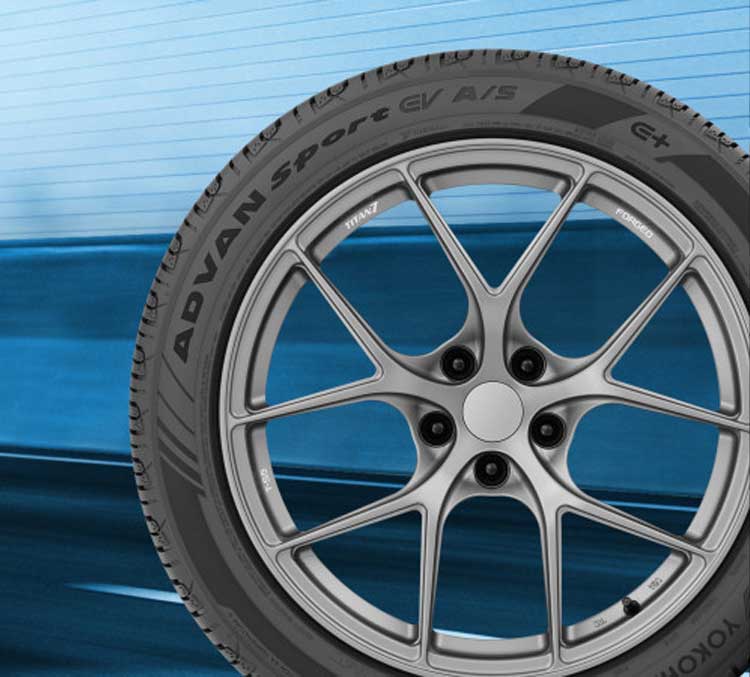 Discover our Best All-Season Tires |
When selecting a tire, ensure the speed rating matches or exceeds your vehicle's top speed capabilities and your typical driving habits. Always consult your owner's manual and tire manufacturer for specific recommendations and speed limits.
Winter Tires and Speed Ratings
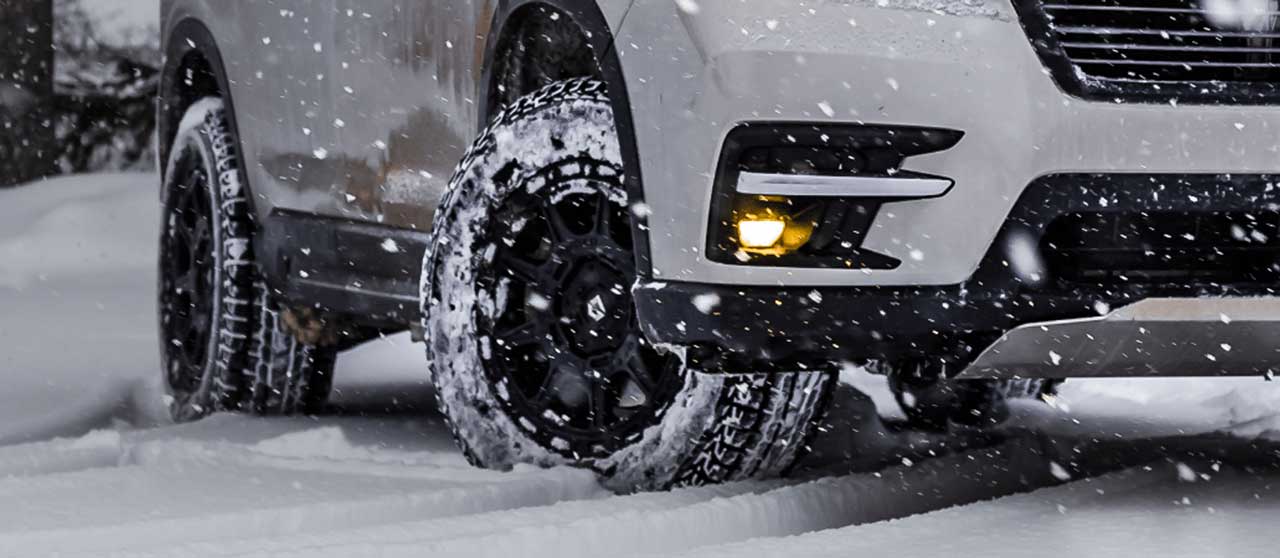
While all-season tires might seem like a convenient choice year-round, winter tires are specifically engineered to excel in cold temperatures and snowy conditions. They offer superior traction, braking, and handling when the mercury drops below 7°C.
However, when choosing winter tires, it's crucial to pay attention to their speed rating. To maintain the vehicle's speed capacity indicated on the placard, Yokohama recommends using winter tires with the same or higher speed rating as your all-season tires.
If you choose winter tires with a lower speed rating, you must reduce your maximum vehicle speed to match the lowest tire speed rating on your vehicle. Regardless of the speed rating, always adhere to posted speed limits and adjust your speed according to weather and road conditions.
Remember, winter tire speed ratings don't guarantee safe driving speeds in icy or snowy conditions. Always exercise caution and adapt your driving to the ever-changing winter weather.
For optimal winter performance and safety, choose Yokohama winter tires specifically designed to tackle the harshest Canadian winters.
How Tire Speed Ratings are Determined
|
The letters on your tire's sidewall aren't arbitrary; they're the result of meticulous testing in controlled laboratory environments. To determine a tire's speed rating, technicians subject it to a series of rigorous tests that simulate the extreme conditions it might encounter on the road. The process typically involves mounting the tire on a specially designed testing machine that spins it at increasingly higher speeds while applying varying loads. The tire's performance is carefully monitored, including its temperature, pressure, and structural integrity. The highest speed at which the tire can consistently perform without failure determines its speed rating. |
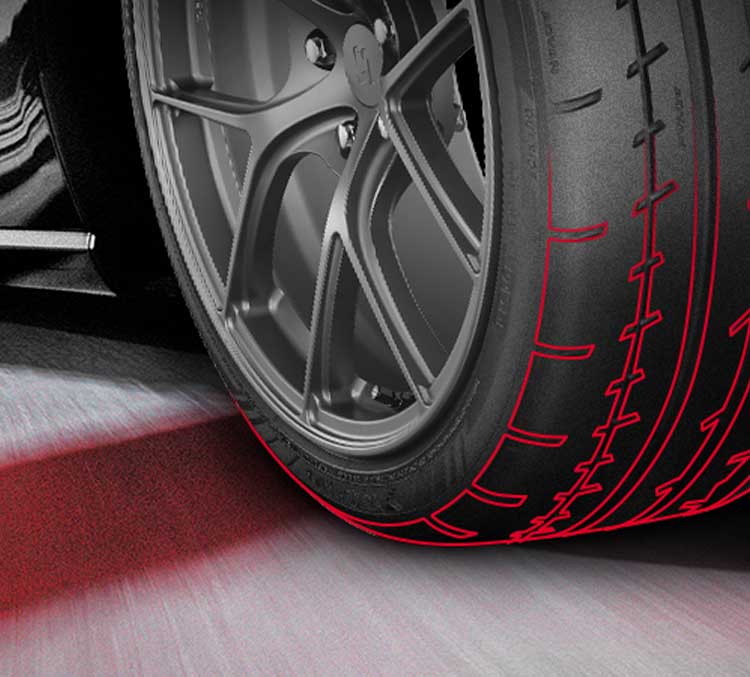 Discover our Best Summer Tires |
Real-World Considerations:
While laboratory tests provide valuable insights, it's crucial to remember that real-world conditions can significantly impact a tire's performance. Factors like underinflation, excessive wear, and even the condition of your vehicle's suspension can affect a tire's ability to safely maintain its rated speed.
- Underinflation: Driving on underinflated tires generates excessive heat, increasing the risk of a blowout at high speeds.
- Tire Wear: As tires wear down, their ability to dissipate heat diminishes, making them more susceptible to failure at high speeds.
- Vehicle Condition: Issues with your vehicle's suspension or alignment can create uneven wear patterns on your tires, further compromising their performance and safety.
Therefore, while the speed rating provides a valuable benchmark, it's essential to consider these real-world factors and adjust your driving habits accordingly. Regular tire maintenance, proper inflation, and addressing any vehicle issues promptly are crucial steps in ensuring your safety and maximizing the lifespan of your tires.
Quirks and Anomalies in the Speed Rating System
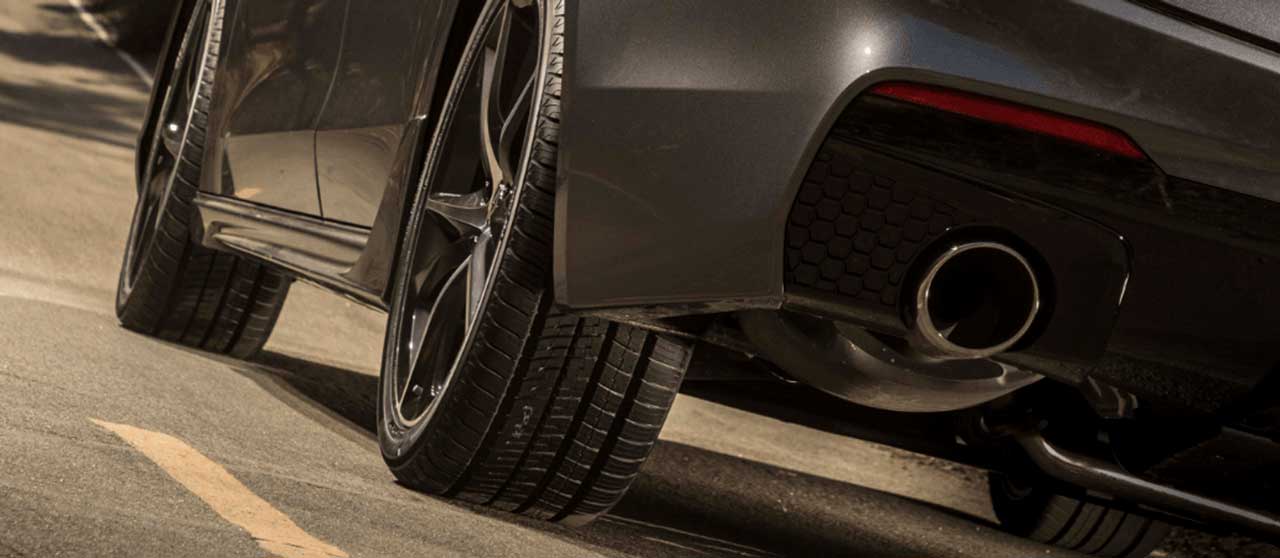
While the tire speed rating system is generally straightforward, it's not without its quirks and anomalies. Understanding these nuances can help you navigate the world of tire specifications with confidence.
The Mysterious "H"
One of the most notable inconsistencies is the placement of the "H" rating. Logically, it should fall between U and V, but it actually sits between T and V. This historical anomaly stems from the fact that "H" was initially associated with high-performance tires when the rating system was first established.
Missing Letters
You might notice that certain letters, like "I" and "O," are absent from the rating system. This is deliberate, as these letters can be easily confused with numbers and other symbols.
The Enigmatic "Z"
The "Z" rating has an interesting history. Originally, it represented the highest possible speed rating, meaning "in excess of 240 km/h." However, as tire technology advanced and higher speeds became achievable, the system was modified to include W and Y ratings. Today, the Z rating typically appears within the tire size code, such as 225/45ZR17, indicating a tire capable of speeds exceeding 240 km/h. However, the exact maximum speed varies depending on the specific tire and manufacturer.
ZR vs. (Y)
To further complicate matters, tires rated ZR and (Y) have maximum speeds exceeding the defined limits of the traditional speed rating system. These ratings signify that the tires have been tested at speeds above 240 km/h and 300 km/h, respectively. However, the precise maximum speed is determined by the tire manufacturer and can be found on the tire itself or in the manufacturer's documentation.
By acknowledging these quirks and anomalies, you can confidently interpret the speed rating system and choose tires that align with your needs and driving style. Remember, when in doubt, consult the tire manufacturer for accurate information on a specific tire's capabilities.
Conclusion: Your Safety and Performance are Our Priority

At Yokohama Canada, we understand that choosing the right tire speed rating is a critical decision for your vehicle's performance and safety. That's why our wide range of tires offers various speed ratings to suit different driving needs and preferences. Whether you're cruising through city streets or conquering the open highway, we have the perfect tire to match your style and keep you safe on the road.
Elevate Your Driving Experience with Yokohama Tires
Don't leave your safety to chance. Explore our extensive selection of high-quality tires, designed to deliver superior performance, handling, and longevity. Our knowledgeable team of tire professionals is ready to assist you in choosing the ideal tires for your vehicle and driving style.
Ready to take the next step?
- Find Your Perfect Fit: Visit our website or your nearest Yokohama Canada dealer to discover the ideal tire speed rating for your needs.
- Experience the Difference: Feel the confidence and control that comes with Yokohama's advanced tire technology.
- Drive with Peace of Mind: Enjoy a safe and exhilarating driving experience with tires that are built to perform.
Invest in your safety and performance today. Choose Yokohama Canada.
Tire Speed Rating Frequently Asked Questions (FAQ)
Can you mix speed ratings on tires?
It's generally not recommended to mix speed ratings on your vehicle. Each tire is designed to handle specific speeds, and mixing different ratings can affect the car's handling, stability, and safety.
If you must mix ratings (e.g., when replacing a single damaged tire), it's usually best to put the lower-speed-rated tires on the front. However, always consult a tire professional for the safest option.
Do speed ratings on tires matter?
Yes, speed ratings on tires matter. They indicate the maximum safe speed a tire can handle under specific conditions. Using tires with a rating lower than your vehicle's capabilities can be dangerous, especially at high speeds.
How do speed ratings on tires work?
Speed ratings are determined through rigorous testing where tires are subjected to increasing speeds on a test wheel. The maximum speed the tire can sustain without failure becomes its rating. Each letter corresponds to a specific maximum speed.
How important is speed rating on tires?
Speed rating is crucial for safety. It ensures your tires can handle the speeds you drive. Choosing the right rating ensures optimal performance and minimizes the risk of tire failure at high speeds.
Here are some additional points to consider:
- Vehicle Capabilities: Choose a speed rating that matches or exceeds your vehicle's maximum speed.
- Driving Habits: If you frequently drive at high speeds, opt for a higher speed rating for added safety.
- Consult Your Owner's Manual: Your vehicle's manual will typically recommend a suitable speed rating.
- Tire Professional: When in doubt, consult a tire professional for advice on the right speed rating for your needs.
Remember, safety always comes first. Don't compromise on your tire speed rating to ensure a safe and enjoyable driving experience.

 Automotive
Automotive  Commercial
Commercial  OTR
OTR 